Home>Gardening & Outdoor>Plant Care & Gardening Tips>How To Keep Weeds Out Of A Wildflower Garden
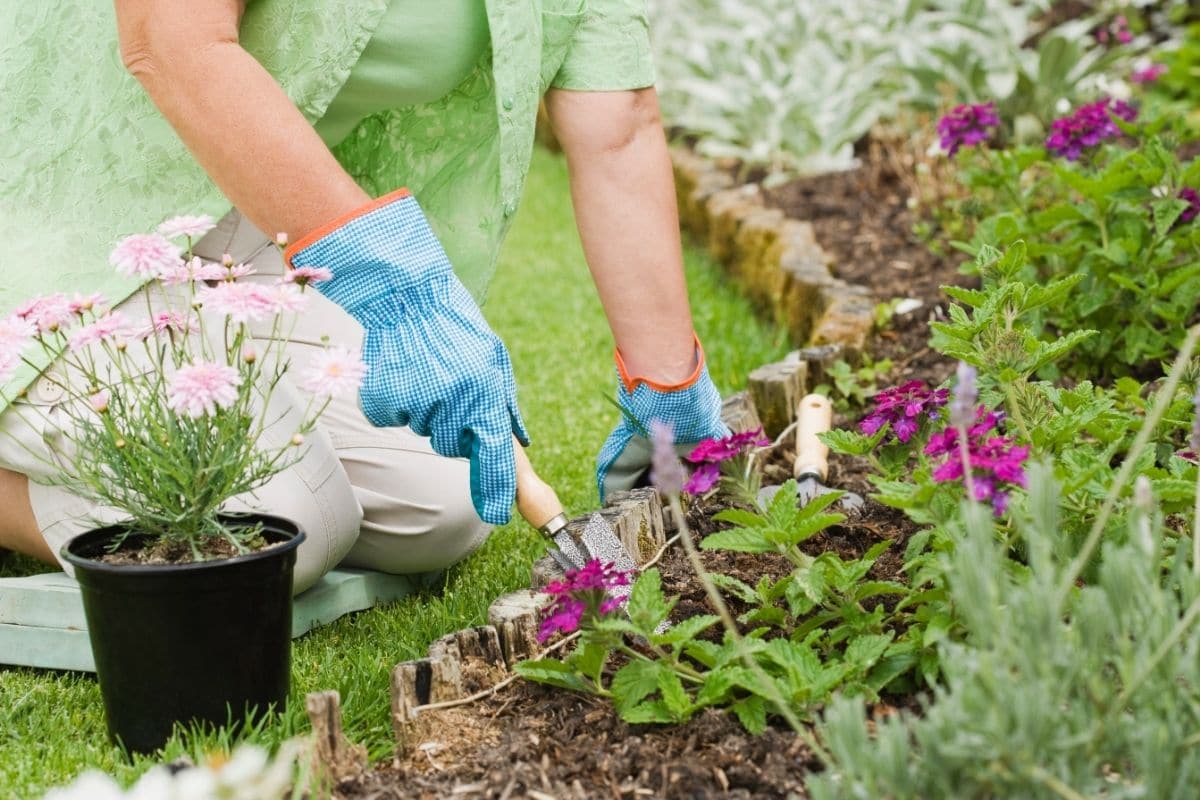

Plant Care & Gardening Tips
How To Keep Weeds Out Of A Wildflower Garden
Modified: August 16, 2024
Learn effective plant care and gardening tips to keep weeds out of your wildflower garden. Discover expert strategies for maintaining a beautiful and thriving garden.
(Many of the links in this article redirect to a specific reviewed product. Your purchase of these products through affiliate links helps to generate commission for Storables.com, at no extra cost. Learn more)
Introduction
Welcome to the wild and wonderful world of wildflower gardening! Whether you're a seasoned green thumb or a novice plant enthusiast, cultivating a wildflower garden is a delightful and rewarding endeavor. Unlike traditional manicured gardens, wildflower gardens embrace the untamed beauty of nature, allowing native plants to flourish in their natural habitat.
In this article, we'll delve into the art of maintaining a thriving wildflower garden while keeping those pesky weeds at bay. We'll explore the unique ecosystem of wildflower gardens, discuss the selection of the right wildflowers, delve into soil preparation, mulching techniques, regular maintenance, and natural weed control methods. By the end, you'll be equipped with the knowledge and techniques to nurture a vibrant wildflower garden that's free from invasive weeds.
So, grab your gardening gloves and let's embark on this wildflower gardening adventure together!
Key Takeaways:
- Embrace the untamed beauty of wildflower gardening by selecting native species, preparing the soil, and using natural weed control methods to create a vibrant and biodiverse ecosystem.
- Cultivate a flourishing wildflower garden by nurturing a diverse array of native plants, supporting pollinators, and maintaining a harmonious balance within the captivating floral sanctuary.
Read more: How To Keep Weeds Out Of A Brick Patio
Understanding the Wildflower Garden Ecosystem
A wildflower garden is a dynamic ecosystem that thrives on the delicate balance between native flora, fauna, and environmental factors. Unlike traditional gardens, wildflower gardens mimic the natural landscapes where wildflowers grow freely, attracting a diverse array of pollinators, beneficial insects, and wildlife.
Wildflower gardens are a harmonious tapestry of interconnected life forms, where each plant plays a vital role in sustaining the ecosystem. Native wildflowers, adapted to the local climate and soil conditions, provide nectar, pollen, and shelter for bees, butterflies, and other pollinators. These pollinators, in turn, facilitate the reproduction of wildflowers, ensuring the continuity of their species.
Furthermore, the diverse plant species in a wildflower garden create a rich habitat for beneficial insects, such as ladybugs, lacewings, and predatory beetles, which help control pest populations naturally. Additionally, the presence of native plants supports a healthy food chain, attracting birds and small mammals that rely on seeds, fruits, and insects for sustenance.
Understanding the intricate web of relationships within the wildflower garden ecosystem is crucial for maintaining its biodiversity and resilience. By nurturing a diverse array of native wildflowers, you not only create a picturesque landscape but also contribute to the conservation of local plant species and the preservation of essential pollinator habitats.
As we delve deeper into the art of wildflower gardening, we’ll explore the symbiotic relationships between wildflowers and their environment, emphasizing the importance of preserving the delicate balance within this captivating ecosystem.
Selecting the Right Wildflowers
Choosing the right wildflowers is a crucial step in establishing a vibrant and resilient wildflower garden. When selecting wildflowers, it’s essential to consider the local climate, soil type, and sunlight availability to ensure the success of your garden. Here are some key factors to keep in mind when choosing wildflowers:
- Native Species: Opt for native wildflowers that are indigenous to your region. Native plants have evolved to thrive in the local environment, making them well-suited for your garden’s ecosystem. They also provide essential support for local pollinators and wildlife.
- Blooming Period: Select a variety of wildflowers that bloom at different times throughout the growing season. This approach ensures a continuous display of colorful blooms and provides nectar sources for pollinators from early spring to late fall.
- Soil and Sunlight Requirements: Consider the soil composition and sunlight levels in your garden. Some wildflowers prefer well-drained soils, while others thrive in moist or sandy conditions. Likewise, certain species require full sun, while others thrive in partially shaded areas.
- Diversity: Aim for a diverse mix of wildflowers with varying heights, colors, and shapes. This diversity not only enhances the visual appeal of your garden but also supports a wider range of pollinators and beneficial insects.
Before purchasing wildflower seeds or plants, research the native species that are best suited to your specific growing conditions. Local botanical gardens, native plant nurseries, and conservation organizations can provide valuable guidance on selecting the right wildflowers for your region.
By carefully curating a selection of native wildflowers that harmonize with your garden’s natural environment, you’ll lay the foundation for a thriving and ecologically beneficial wildflower garden. In the next sections, we’ll explore the essential steps for preparing the soil and creating an optimal growing environment for your chosen wildflowers.
Preparing the Soil
Creating a healthy and fertile soil environment is essential for the successful growth of wildflowers in your garden. Before sowing seeds or planting wildflower plugs, it’s important to prepare the soil to provide an optimal foundation for your floral ecosystem. Here are the key steps to prepare the soil for your wildflower garden:
- Soil Testing: Begin by conducting a soil test to assess its pH, nutrient levels, and composition. This information will guide you in making any necessary amendments to optimize the soil for wildflower growth.
- Amending the Soil: Based on the soil test results, amend the soil as needed to achieve the ideal pH and nutrient balance for wildflowers. Adding organic matter, such as compost or well-rotted manure, can improve soil structure and fertility, enhancing the conditions for plant growth.
- Loosening the Soil: Use a garden fork or tiller to gently loosen the top layer of soil. This process improves aeration and drainage, creating a hospitable environment for wildflower roots to establish and thrive.
- Removing Weeds: Prior to sowing seeds or planting, remove any existing weeds or grass from the planting area. This helps prevent competition for resources and gives your wildflowers the best chance to flourish.
Once the soil preparation is complete, you’re ready to sow your wildflower seeds or plant seedlings. It’s important to follow the specific planting guidelines for the wildflower species you’ve chosen, as some may require surface sowing, while others need to be lightly covered with soil.
By investing time and care into preparing the soil, you’re laying the groundwork for a thriving wildflower garden that will delight both you and the local wildlife. In the following sections, we’ll explore effective mulching techniques to further enhance the health and resilience of your wildflower ecosystem.
Regularly hand-pull weeds from the wildflower garden to prevent them from competing with the wildflowers for nutrients and sunlight.
Mulching Techniques
Implementing proper mulching techniques is a valuable practice that contributes to the overall health and sustainability of your wildflower garden. Mulch serves multiple purposes, including moisture retention, weed suppression, soil insulation, and the promotion of beneficial microbial activity. Here are some effective mulching techniques to enhance the vitality of your wildflower ecosystem:
- Organic Mulches: Utilize organic materials such as shredded bark, straw, or compost as mulch. Organic mulches gradually decompose, enriching the soil with essential nutrients and improving its structure over time.
- Proper Application: Apply a layer of mulch around your wildflowers, leaving a small gap around the stems to prevent moisture-related issues and discourage rodent activity. Aim for a thickness of 2-3 inches to maximize the benefits of mulching.
- Weed Control: Mulch acts as a natural weed barrier, suppressing the growth of unwanted plants and reducing the need for manual weeding. This allows your wildflowers to thrive without competing for resources with invasive species.
- Moisture Retention: Mulch helps retain soil moisture by reducing evaporation, especially during hot and dry periods. Consistent moisture levels are crucial for the establishment and growth of wildflowers, particularly during the early stages of their development.
- Soil Protection: Mulch provides insulation for the soil, protecting it from extreme temperature fluctuations and erosion. This protective layer supports a healthy soil ecosystem, fostering the beneficial interactions between microorganisms and plant roots.
When applying mulch, it’s important to periodically inspect the garden to ensure that the mulch layer remains intact and free from compacting. Additionally, replenish the mulch as needed to maintain the recommended thickness and maximize its benefits throughout the growing season.
By incorporating appropriate mulching techniques, you’ll create an environment that nurtures the growth of your wildflowers while minimizing weed encroachment and conserving essential soil moisture. In the following sections, we’ll delve into the importance of regular maintenance and weeding in preserving the beauty and biodiversity of your wildflower garden.
Read more: How To Keep Weeds Out Of Bermuda Grass
Regular Maintenance and Weeding
Maintaining a thriving wildflower garden requires ongoing care and attention to preserve its natural beauty and ecological balance. Regular maintenance practices, including weeding, watering, and monitoring plant health, are essential for the long-term success of your wildflower ecosystem. Here are key strategies for effective maintenance and weeding:
- Weeding: Regularly inspect your wildflower garden to identify and remove any invasive weeds. Hand pulling weeds is often the most effective method, as it minimizes soil disturbance and reduces the risk of inadvertently uprooting desirable wildflowers.
- Watering: Monitor soil moisture levels and provide supplemental watering during dry spells, especially in the initial stages of wildflower growth. Water deeply and infrequently to encourage deep root development and drought tolerance in your wildflowers.
- Deadheading: Remove spent blooms from your wildflowers to encourage continuous flowering and prevent the formation of seeds. Deadheading redirects the plant’s energy into producing new blooms, extending the floral display throughout the season.
- Monitoring Pests and Diseases: Keep an eye out for signs of pest infestations or disease symptoms on your wildflowers. Early detection allows for prompt intervention, such as targeted pest control or disease management, to safeguard the health of your garden.
- Supporting Wildlife: Embrace the presence of pollinators, butterflies, and other beneficial insects in your wildflower garden. Avoid the use of chemical pesticides that can harm these valuable contributors to the garden’s ecosystem.
Consistent and attentive maintenance practices not only promote the vitality of your wildflowers but also foster a deeper connection with the natural rhythms of your garden. As you tend to the diverse array of native plants and observe the teeming life within your garden, you’ll gain a deeper appreciation for the intricate web of interactions that sustain this vibrant ecosystem.
By incorporating regular maintenance and weeding into your gardening routine, you’ll create an environment where your wildflowers can thrive and enchant both you and the local wildlife. In the following section, we’ll explore natural weed control methods that align with the principles of sustainable and eco-friendly gardening.
Natural Weed Control Methods
Implementing natural weed control methods is a sustainable approach to managing weed populations in your wildflower garden while preserving the integrity of the ecosystem. By integrating eco-friendly practices, you can effectively minimize weed competition and maintain the health and diversity of your wildflowers. Here are some natural weed control methods to consider:
- Mulching: As mentioned earlier, mulching serves as a natural weed barrier, inhibiting the germination and growth of weeds while enhancing soil moisture retention and fertility. Organic mulches also contribute to the overall health of the garden ecosystem.
- Hand Weeding: Regularly inspect your garden and manually remove weeds by hand. Take care to gently uproot weeds, ensuring that the roots are completely removed to prevent regrowth. This method allows for targeted weed removal without disturbing the surrounding wildflowers.
- Smothering Techniques: Use natural smothering techniques, such as covering weed-prone areas with layers of cardboard or thick organic mulch, to block sunlight and inhibit weed growth. This approach is particularly effective for suppressing weeds in areas where wildflowers are not yet established.
- Competition from Wildflowers: Establishing a robust community of native wildflowers creates healthy competition for resources, effectively crowding out weed species. By promoting the growth of desirable plants, you can naturally suppress the proliferation of weeds in your garden.
- Weed Barrier Fabric: Consider using permeable weed barrier fabric in areas where weed encroachment is a persistent challenge. This fabric allows air and water to penetrate the soil while effectively suppressing weed growth, providing an additional layer of protection for your wildflowers.
By integrating these natural weed control methods into your wildflower gardening practices, you can maintain a harmonious and resilient ecosystem without resorting to chemical herbicides or synthetic interventions. Embracing these eco-friendly approaches aligns with the principles of sustainable gardening and contributes to the overall health of the environment.
As you cultivate your wildflower garden, the implementation of natural weed control methods becomes an integral part of your commitment to nurturing a thriving and biodiverse ecosystem. In the concluding section, we’ll recap the essential elements of wildflower gardening and celebrate the beauty of this enchanting floral sanctuary.
Conclusion
Congratulations on embarking on the captivating journey of wildflower gardening! As you’ve discovered, nurturing a wildflower garden involves embracing the untamed beauty of nature while fostering a diverse and resilient ecosystem. By understanding the unique dynamics of wildflower gardens and implementing thoughtful practices, you’ve set the stage for a flourishing and enchanting floral sanctuary.
From selecting the right native wildflowers to preparing the soil and implementing natural weed control methods, you’ve cultivated an environment that supports the vitality of local plant species and the well-being of essential pollinators and wildlife. Your commitment to sustainable gardening practices and eco-friendly weed control methods reflects a harmonious coexistence with nature, contributing to the preservation of the environment and the promotion of biodiversity.
As you tend to your wildflower garden, relish the moments of connection with the vibrant life within your floral haven. Embrace the fluttering wings of butterflies, the gentle buzz of bees, and the captivating dance of colorful blooms swaying in the breeze. Your wildflower garden is not only a visual delight but also a haven for the intricate web of life that sustains it.
Through regular maintenance, attentive weeding, and the application of natural mulching techniques, you’ve fostered an environment where your wildflowers can thrive and enchant both you and the local wildlife. Your dedication to preserving the delicate balance of the wildflower garden ecosystem is a testament to your stewardship of the natural world.
As you continue your wildflower gardening journey, may your garden be a source of joy, inspiration, and a haven for biodiversity. Embrace the ever-changing tapestry of colors, scents, and life within your garden, and revel in the knowledge that your efforts contribute to the preservation of native plant species and the well-being of the environment.
So, as you step into your wildflower garden, surrounded by the beauty of nature’s untamed elegance, remember that you are a custodian of a precious ecosystem—a steward of the wildflowers, the pollinators, and the intricate dance of life that unfolds within this enchanting floral sanctuary.
Frequently Asked Questions about How To Keep Weeds Out Of A Wildflower Garden
Was this page helpful?
At Storables.com, we guarantee accurate and reliable information. Our content, validated by Expert Board Contributors, is crafted following stringent Editorial Policies. We're committed to providing you with well-researched, expert-backed insights for all your informational needs.
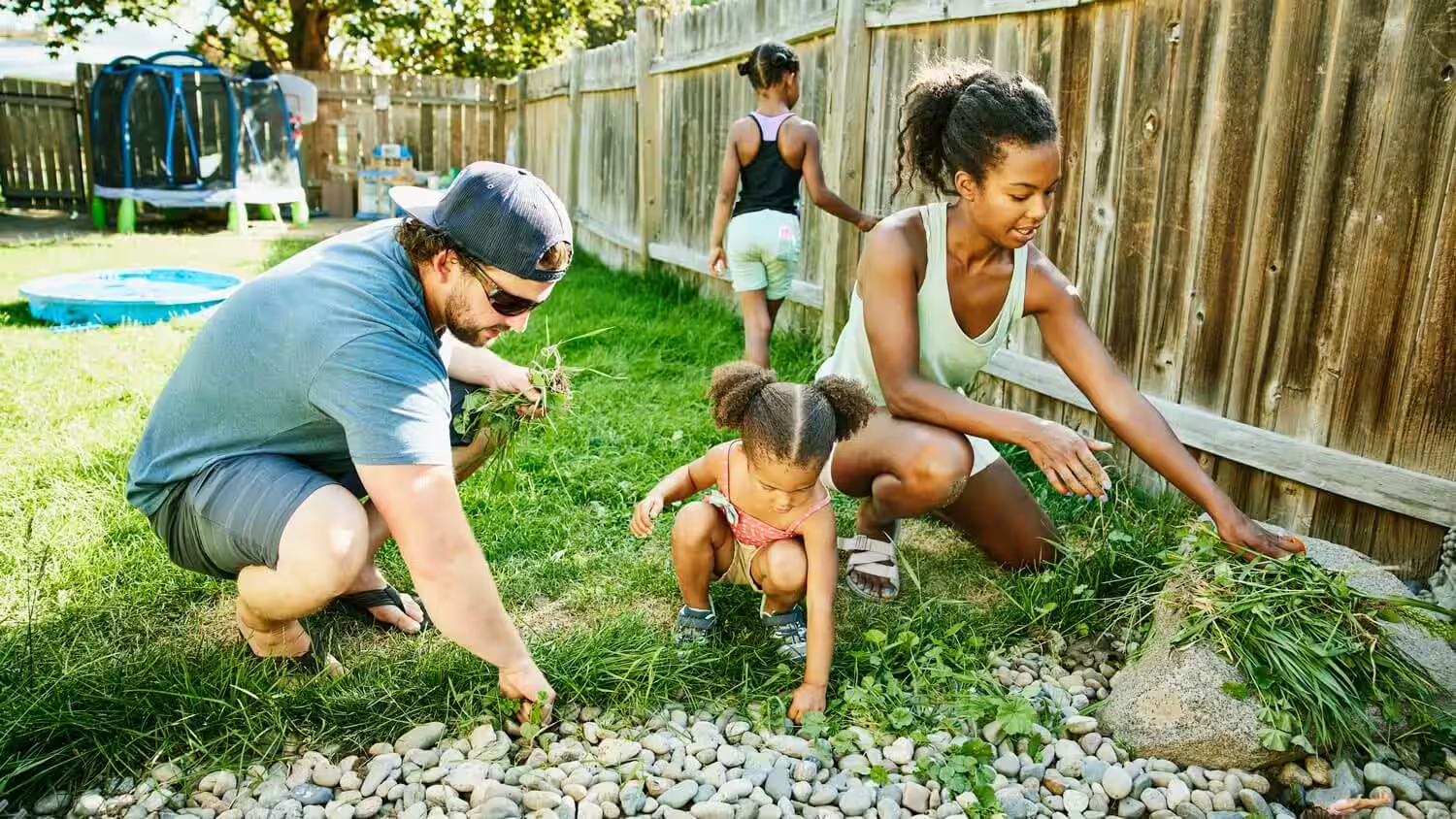
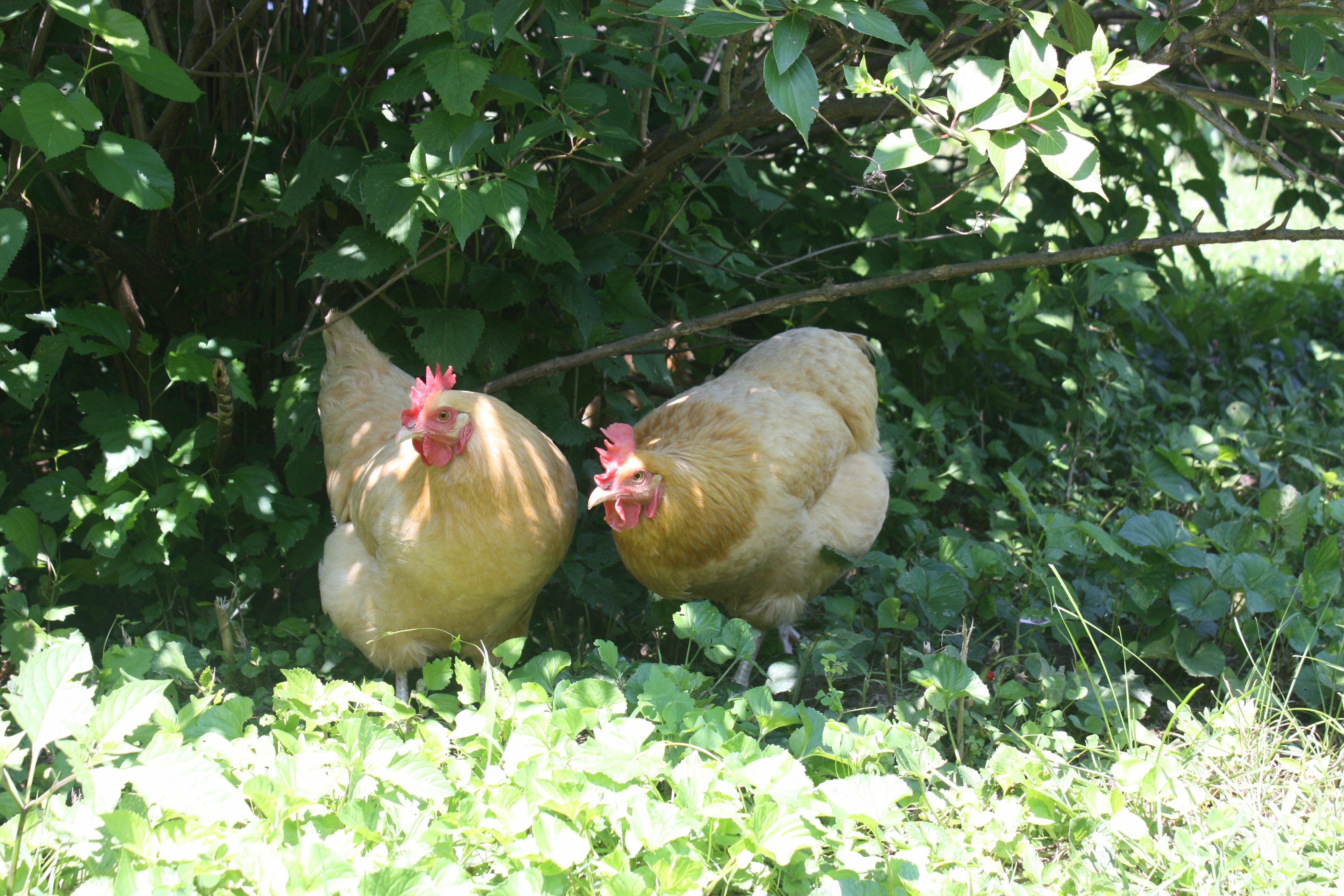
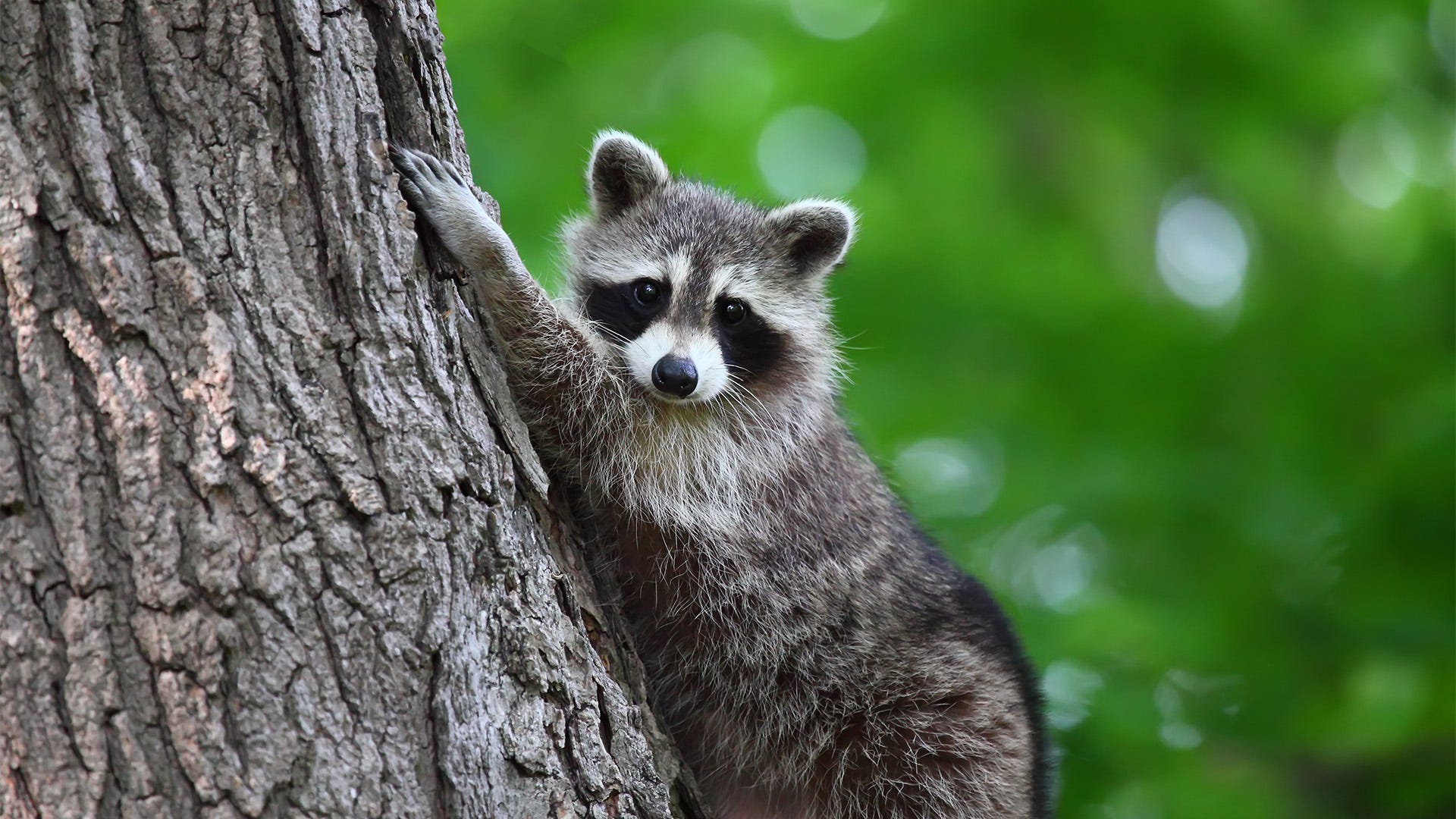
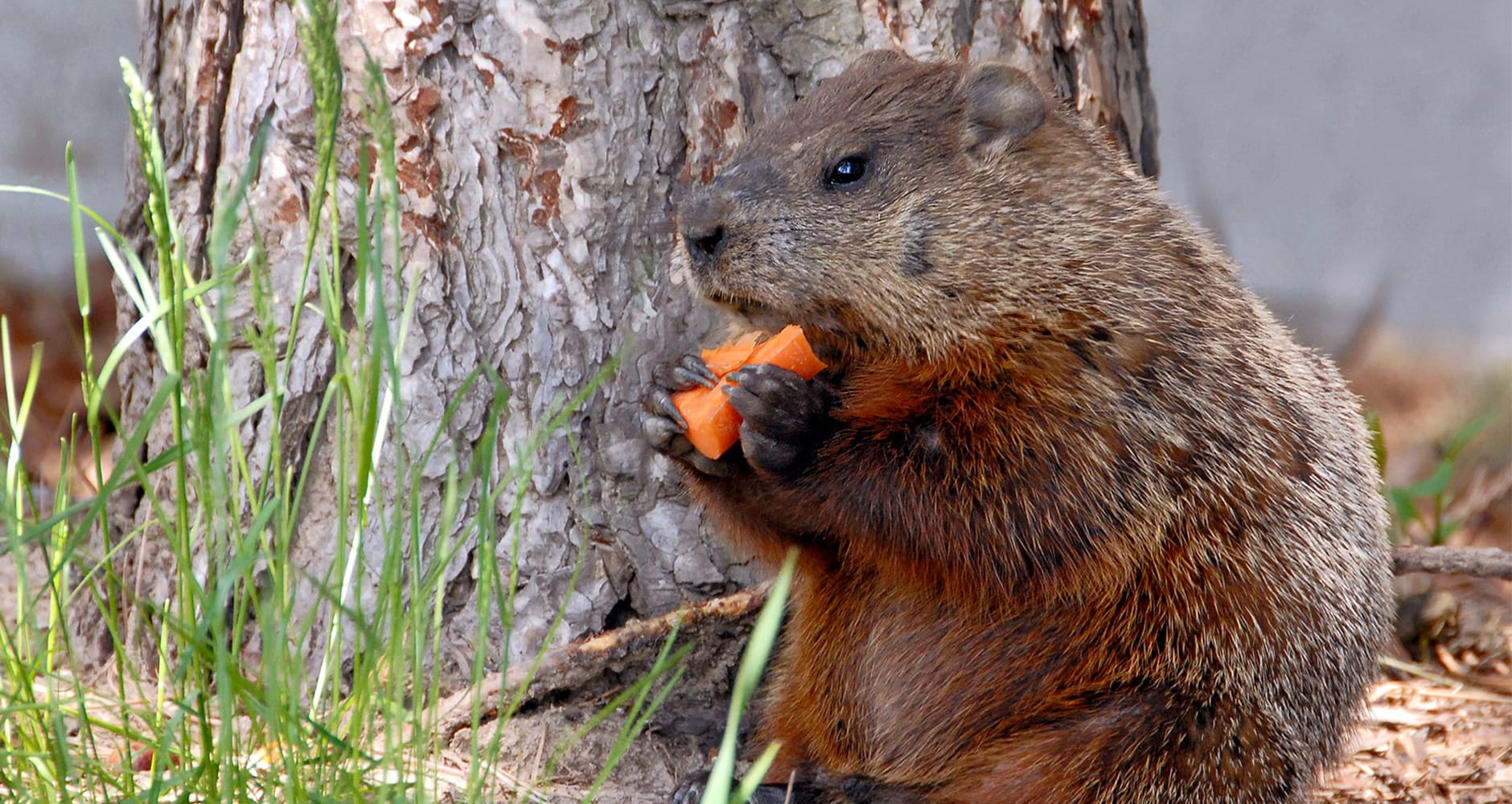
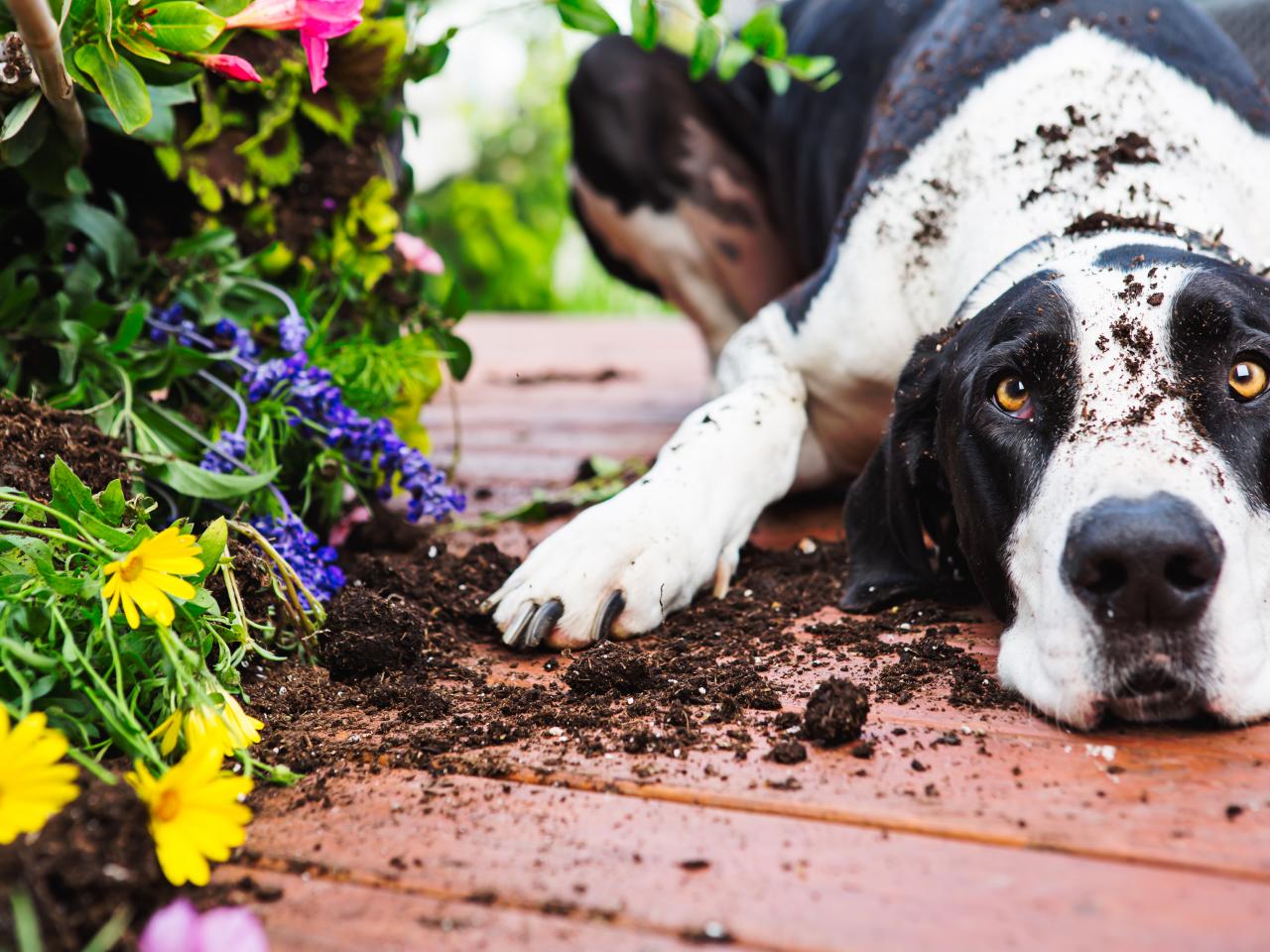
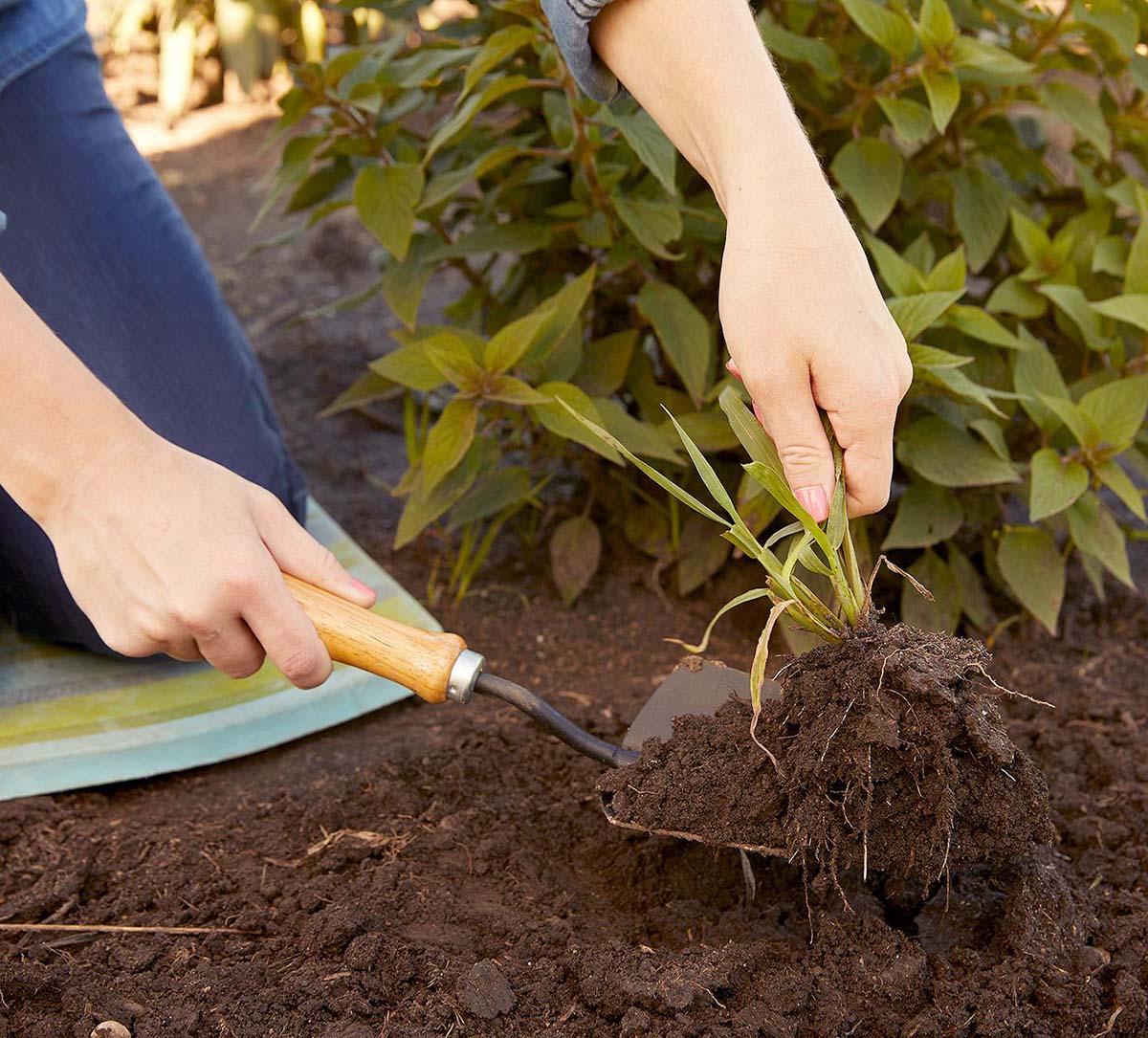
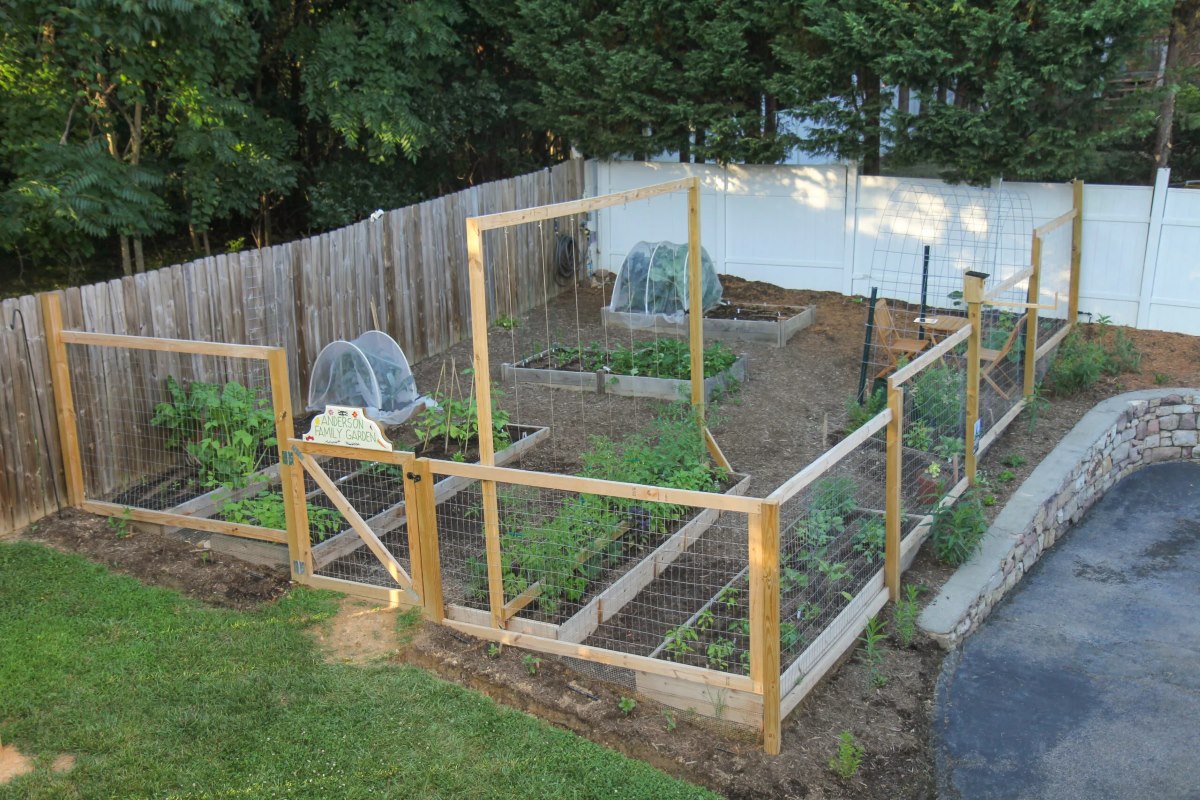
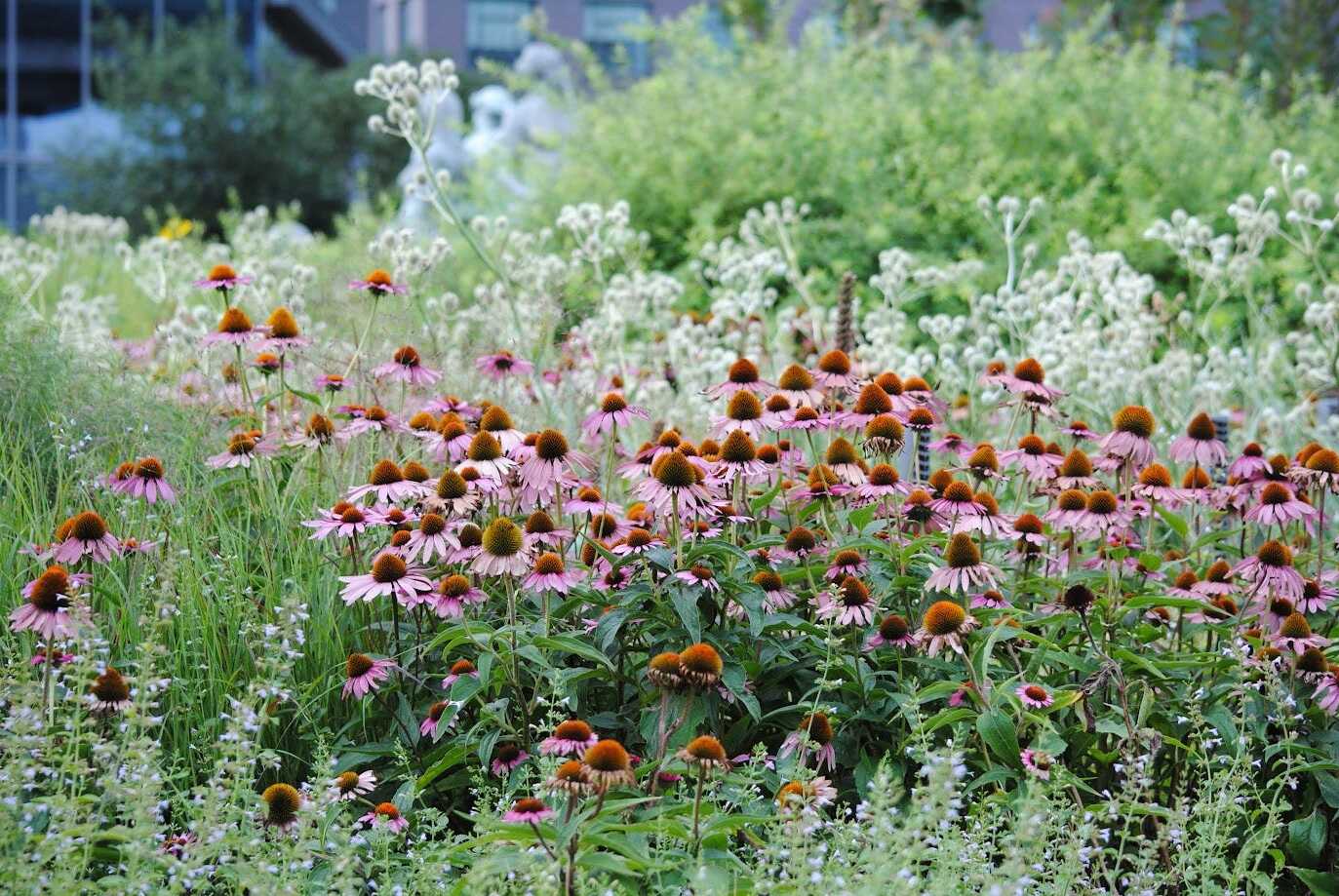
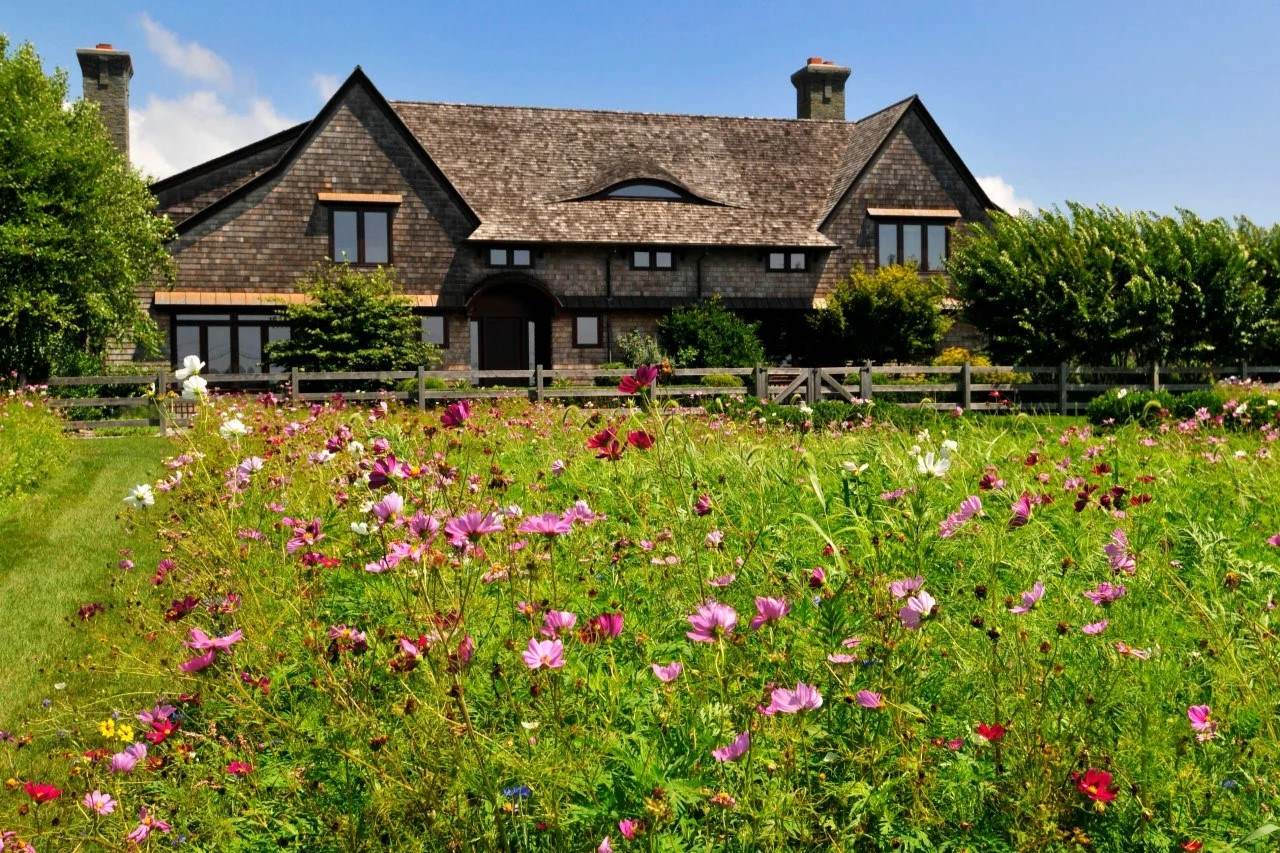
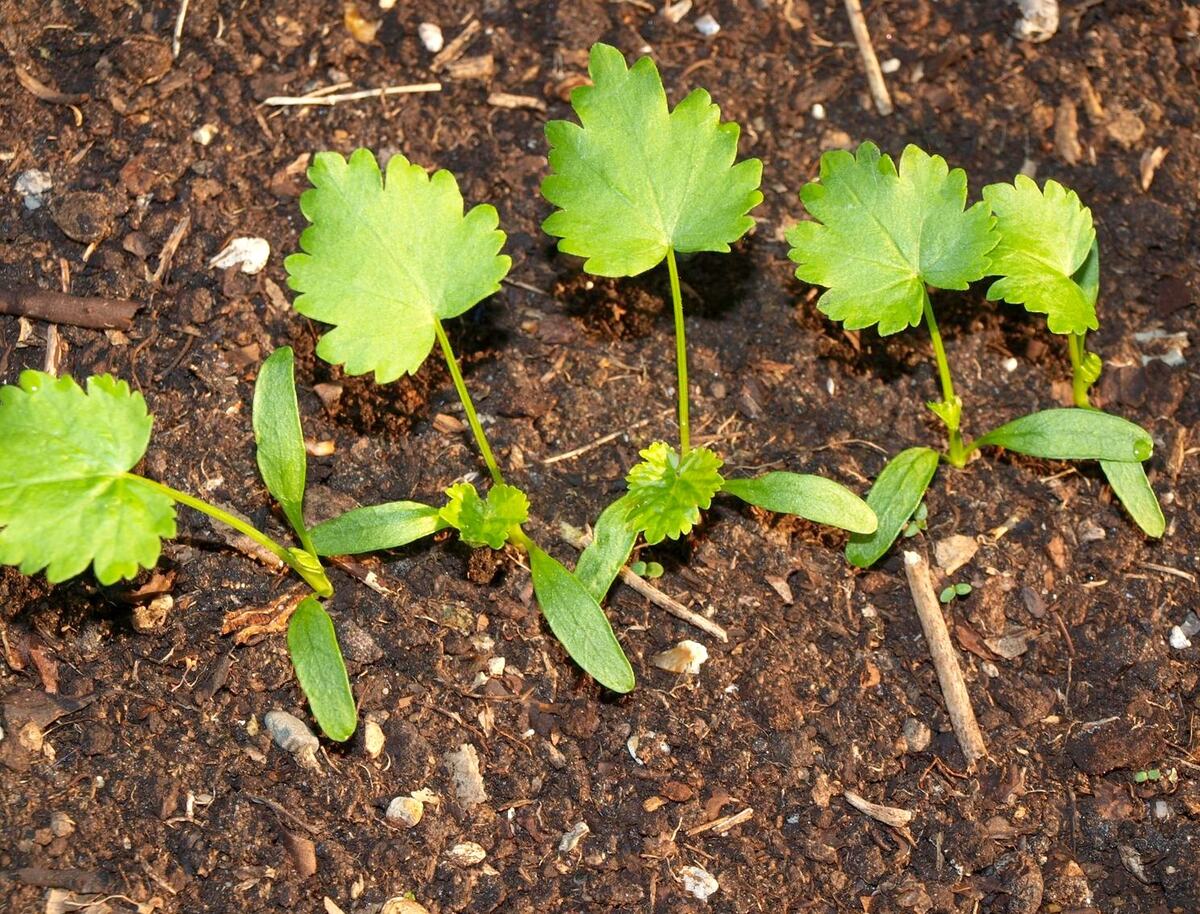
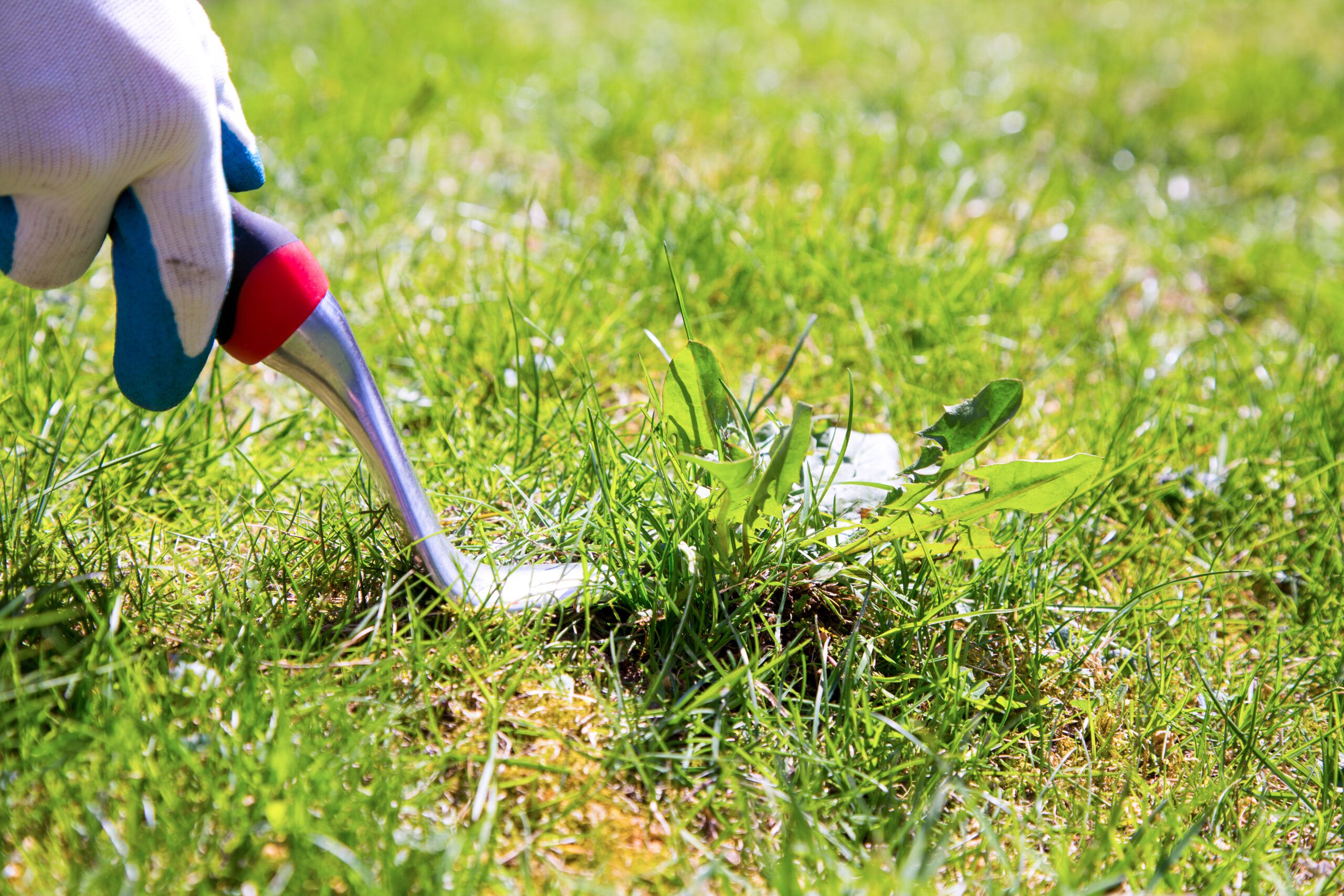
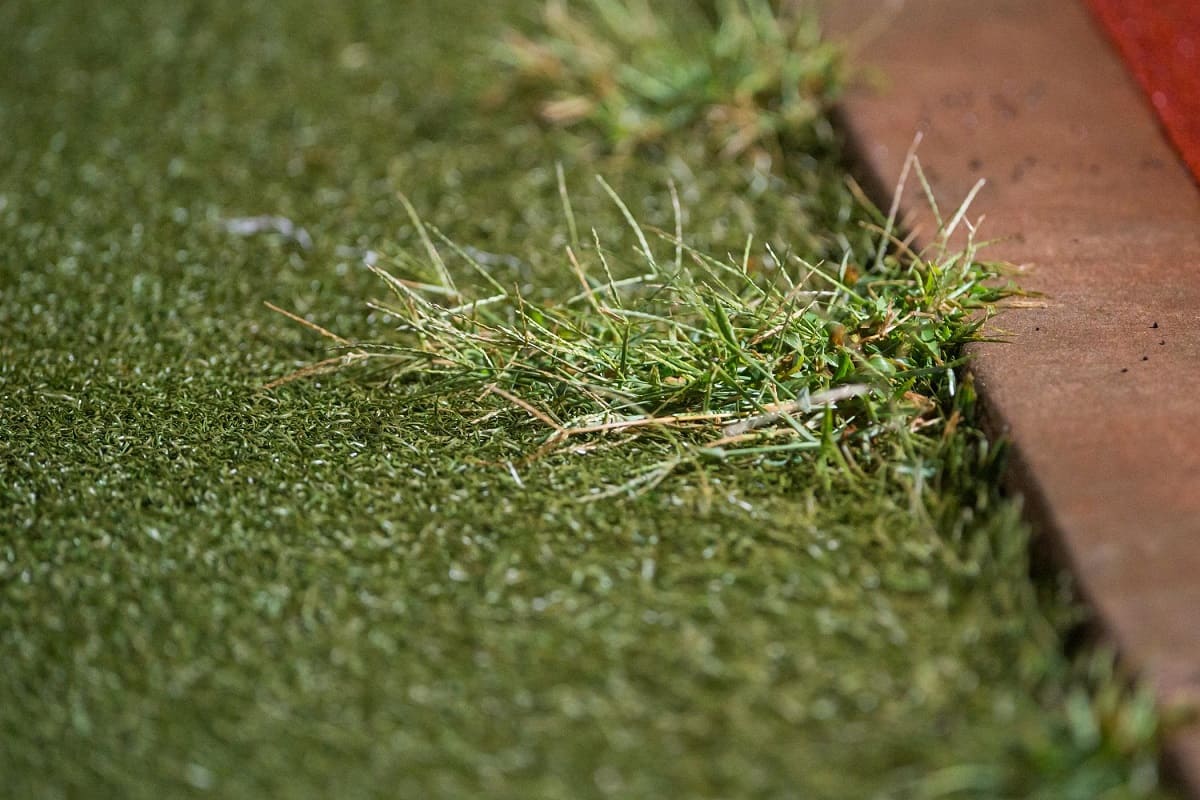

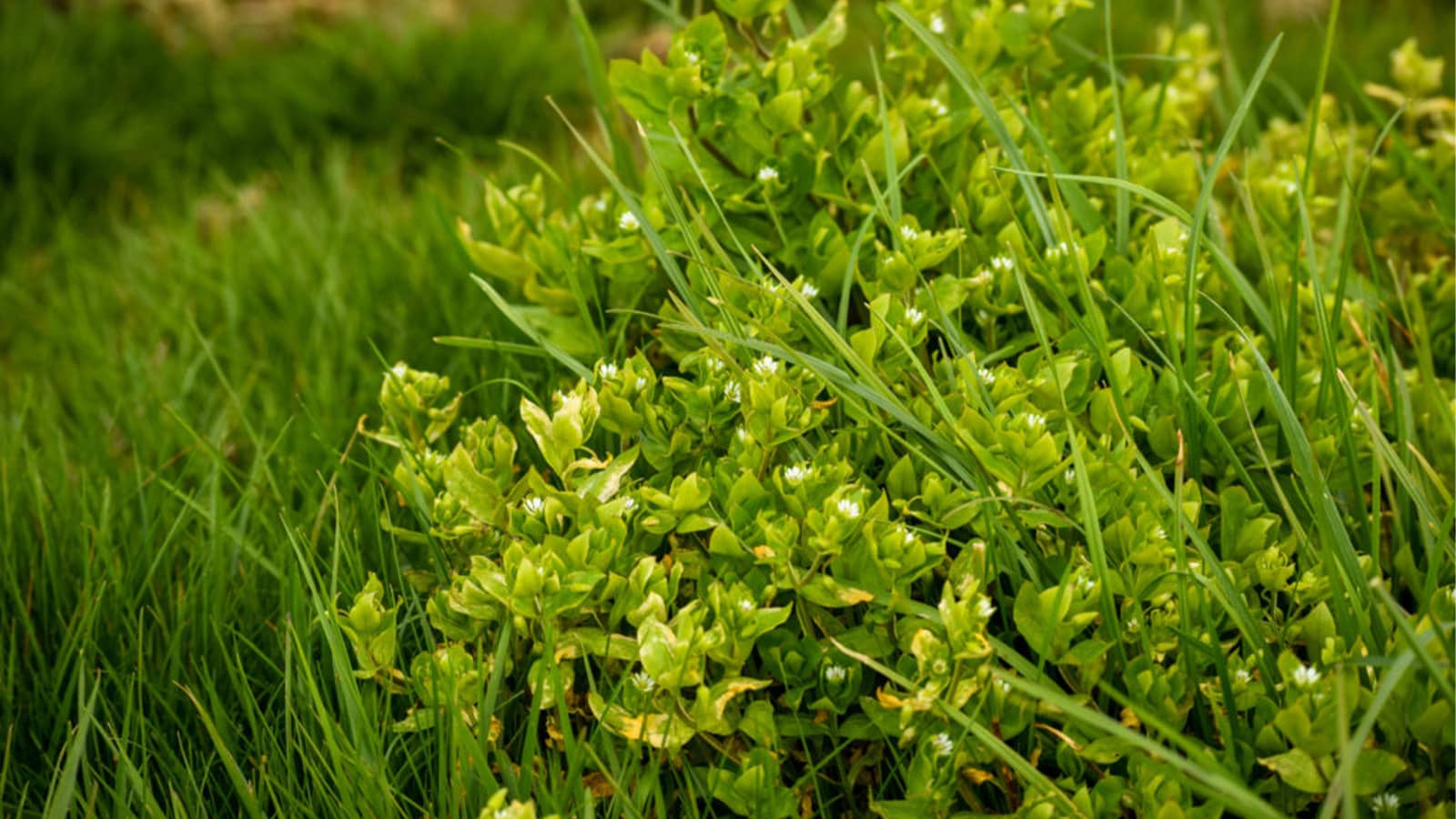

0 thoughts on “How To Keep Weeds Out Of A Wildflower Garden”